I remember that when we first popularized VISTA, a novel feature attracted the attention of many people, and this feature allows people to fully realize the performance of the computer in the shortest time. It is the WINDOWS experience index score. The WINDOWS experience score is divided into five sub-items: processor, memory, graphics, game graphics, and main hard disk. The total score is determined by the lowest sub-score, and the complete "wood barrel effect" rule.
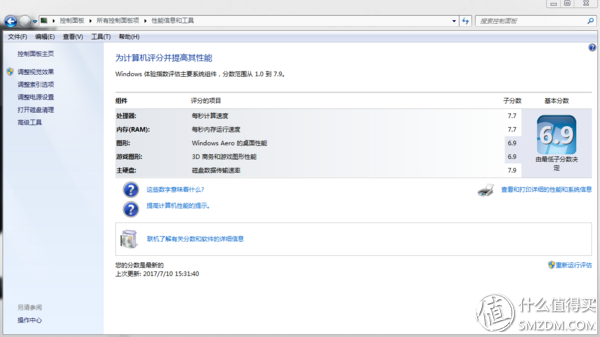
When it came to WIN7, this feature was further developed. From VISTA to WIN7, since SSD was not popular at the time, the score of the main hard disk often dragged down the score of the whole machine. It can be seen that the performance of the SSD has a great influence on the improvement of the overall performance. Under the WIN7 and WIN10 next-generation operating systems, the importance of SSDs has become more apparent.
One, on the interfaceWith the miniaturization of SSDs, the three-way interface from the 2.5-inch interface, MSATA, and M.2 interface to the current M.2 interface has really gone through several years.
Originally known as the NGFF interface, the full name is Next Generation Form Factor, which is a new generation of interface standards developed for notebook computers to replace the original MSATA interface based on mini PCIe improvements. The M.2 interface dominated by Intel is actually a huge total set. The M.2 interface has different types and uses. It has A/B/C/D/E/F/G/H/J/K/L/. M specification points.

Among them, the two types A and E are often used in WiFI/BT wireless modules, NFC modules, WiGig modules, etc., and are not within the scope of this article.
B, M port can be used for SSD interface. Among them, the B port is also defined as "Socket2" by the SSD manufacturer through the gold finger gap, and the M port is defined as "Socket3".
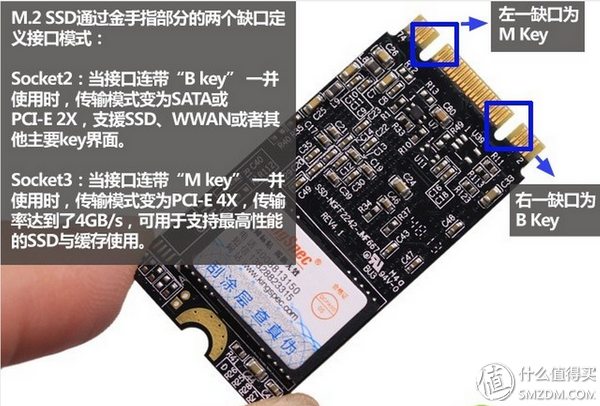
Different interfaces mean different performances. Of course, the prices are much different.
Second, on the sizeThe M.2 interface has abundant scalability. Starting from the shortest 30mm, it can be up to 110mm, which can increase the SSD capacity. The single-sided thickness is 2.75mm, and the double-sided flash memory layout thickness does not exceed 3.85mm.
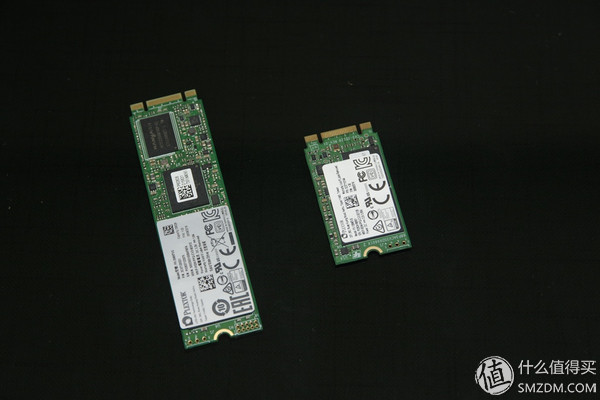

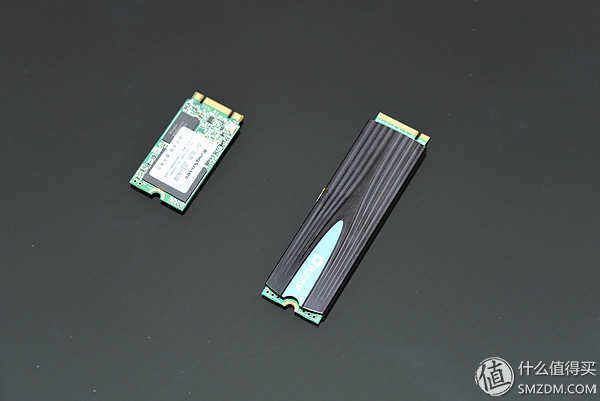
At present, M.2 with 4 specifications of 2242/2260/2280/22110 belongs to M-port, and PCB boards of different sizes can realize different positioning capacities and products.
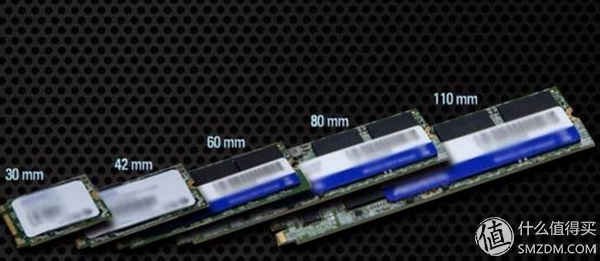
2242 width 22mm, length 42mm, key bits B and M
2260 width 22mm, length 60mm, key position M
2280 width 22mm, length 80mm, key bits B and M
22110 Width 22mm, length 110mm, key bits B and M
Third, on the channel and speedM.2 interface SSDs use B and M ports and interfaces. Among them, B port to go SATA channel compatible PCIe × 2, the maximum theoretical read and write speeds up to 700MB / s, 500MB / s; and M port designed for high-performance storage, take PCIe × 4 channels, the maximum theoretical read and write speeds up to 4000MB /s. The B port uses the AHCI protocol for transmission over the SATA channel. The M interface uses the NVME protocol for transmission over the PCIe channel. NVMe stands for Non-Volatile Memory Express, a non-volatile memory standard that is a specification for SSDs using PCI-E channels. NVMe was designed to take full advantage of the low latency and parallelism of PCI-E SSDs. There is parallelism in contemporary processors, platforms, and applications.
Introduced through M8SE
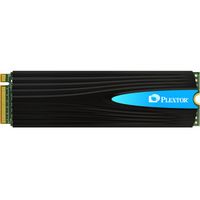 PLEXTOR M8SeG 512G M.2 NVMe SSD (with heat sink) 1799 yuan Jingdong to buy
PLEXTOR M8SeG 512G M.2 NVMe SSD (with heat sink) 1799 yuan Jingdong to buy 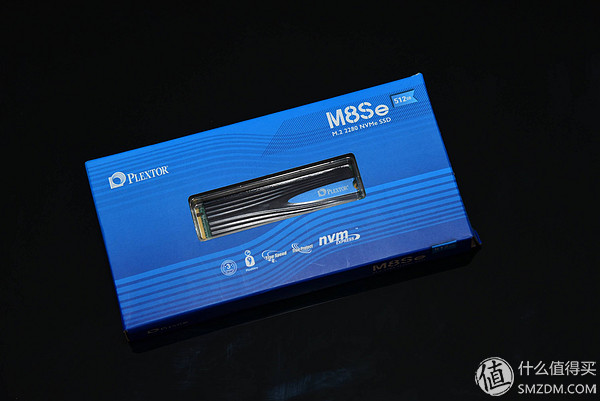
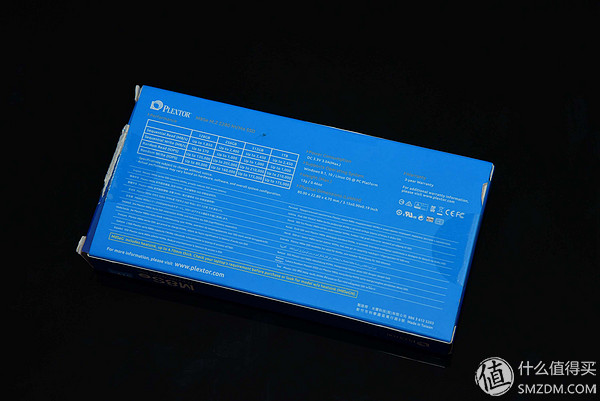
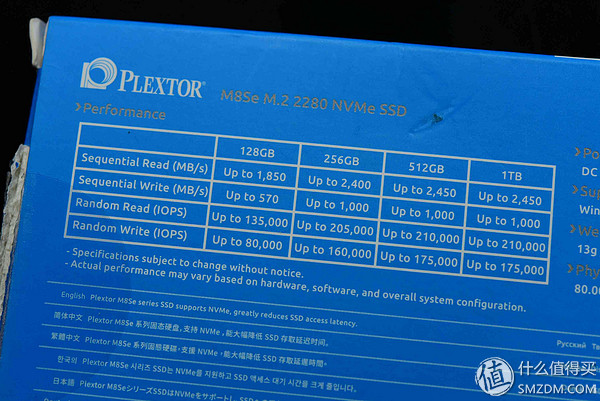
M8SE products
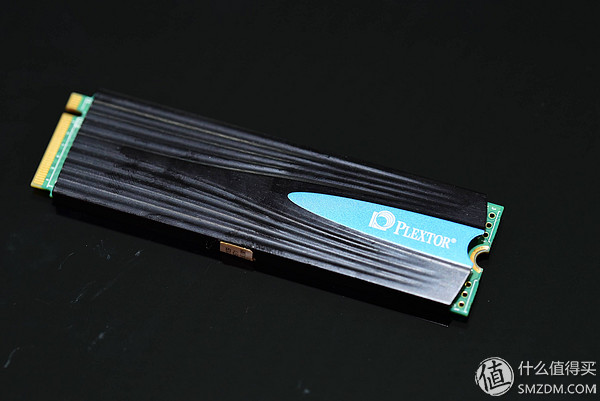
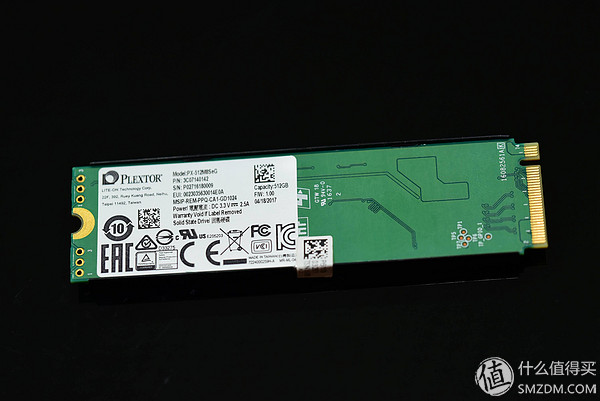
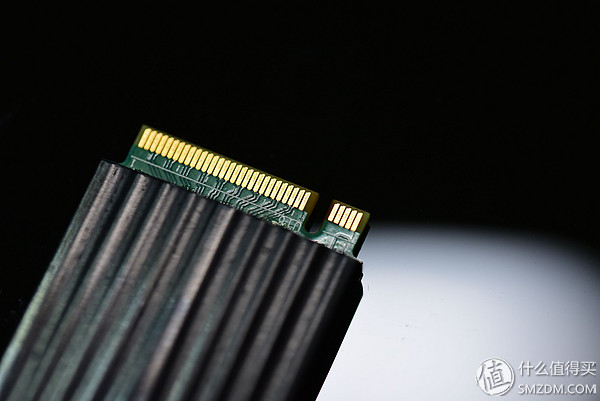
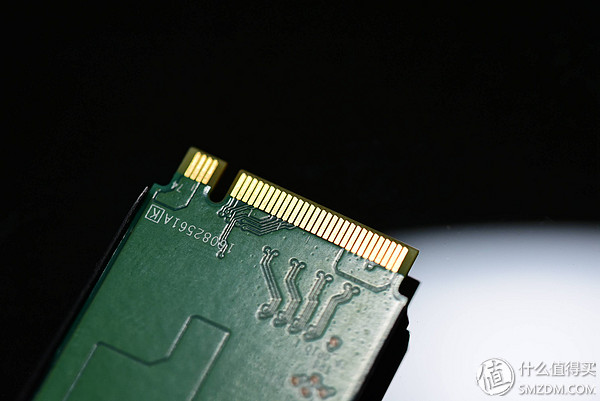
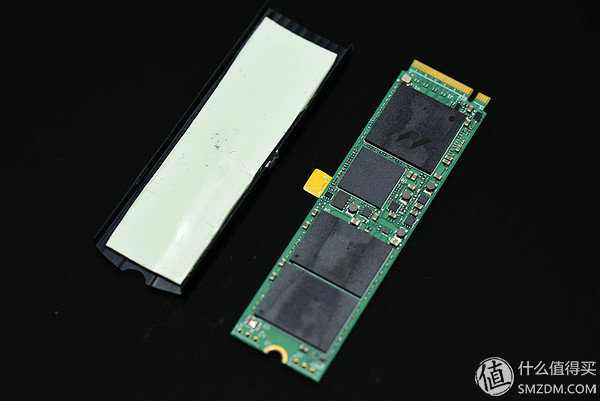
M8SE performance test:
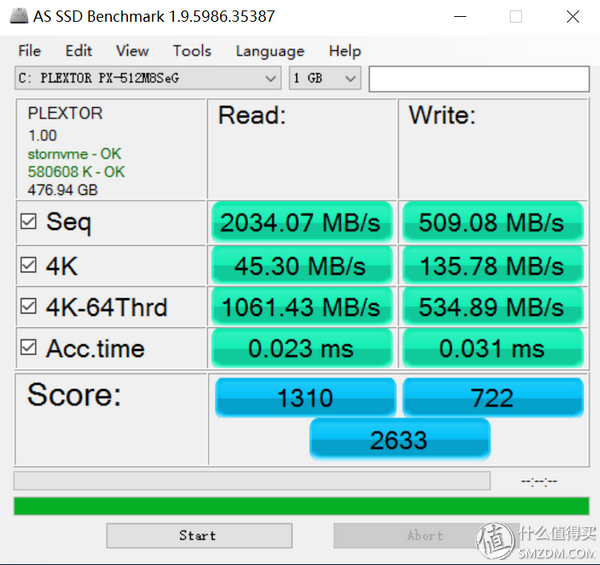
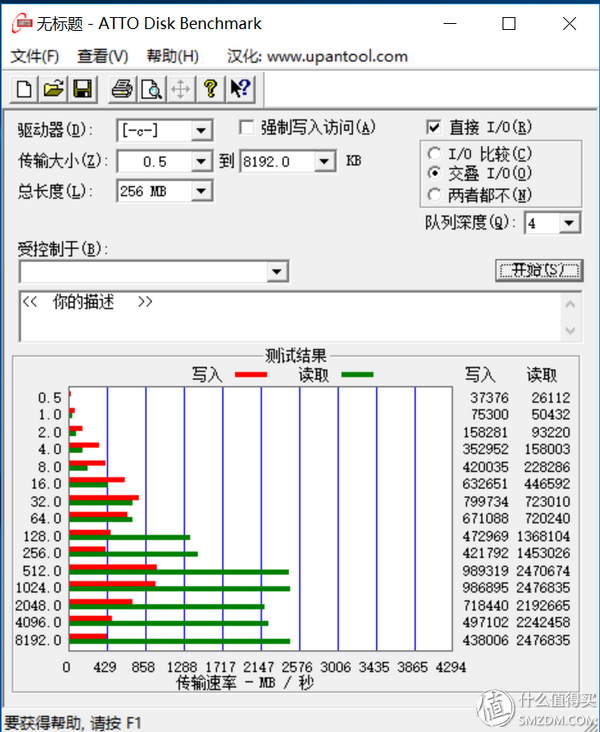

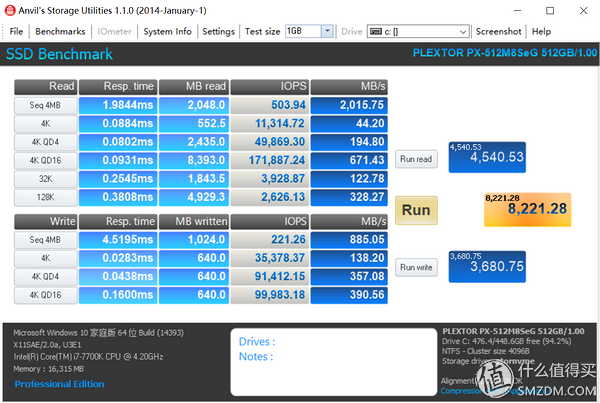
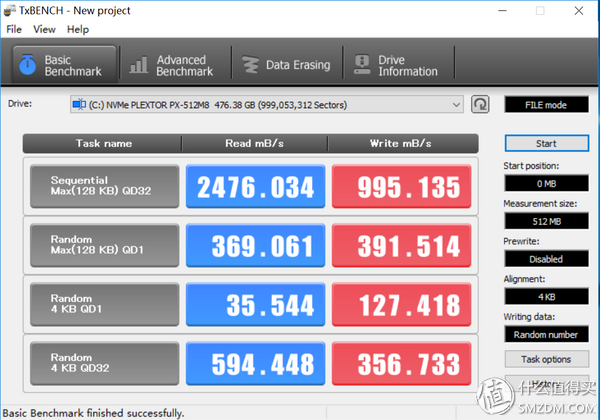
For SSDs that use SATA channels or PCIe x 2 channels, the maximum theoretical read speed reaches 700 MB/s, and the maximum theoretical write speed reaches 500 MB/s. In actual use, it will not be much different from a 2.5-inch SATA SSD.
The core component of an SSD is the master and storage granules. The channel used by the SSD in the transmission process is determined by the master. For compatibility, M.2 SSDs generally have both B and M ports. When choosing an SSD, be sure to understand the channel used by the motherboard's M.2 interface.

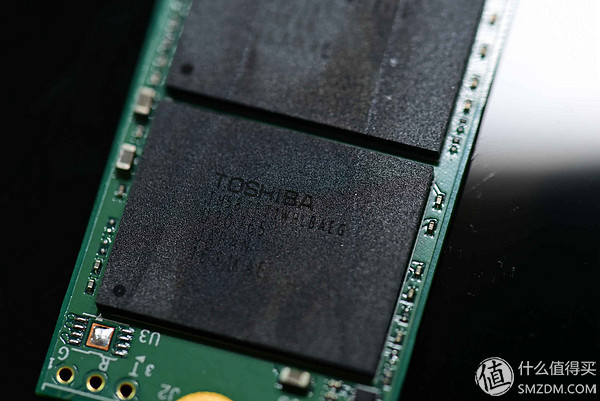
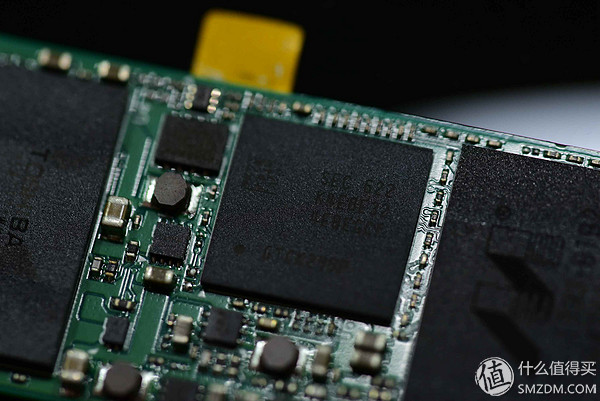
For example, although both the Plextor M6E and M6G products use M.2 interfaces, they both have B and M interfaces, but the M6G series uses SATA channels while the M6E series uses PCIE channels. Therefore, the M6G can only be used on M.2 motherboards that support SATA channels. The M6E can only be used on M.2 motherboards that support PCI-E channels.


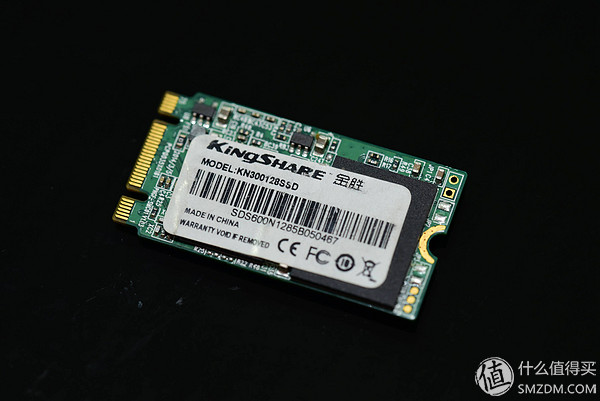
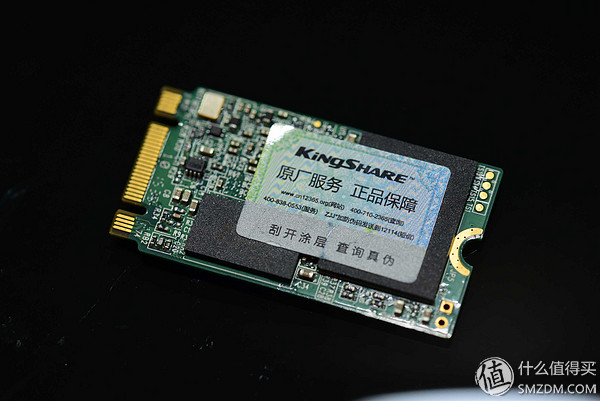
However, with the development of products and technologies, the transmission channels and protocols used by B and M ports are no longer static. For example, although the Samsung SM951 M.2 PCIE SSD is transmitted through the M interface, it has both AHCI and NVME versions. In the same way, NVME transmission through port B cannot be excluded in the future.
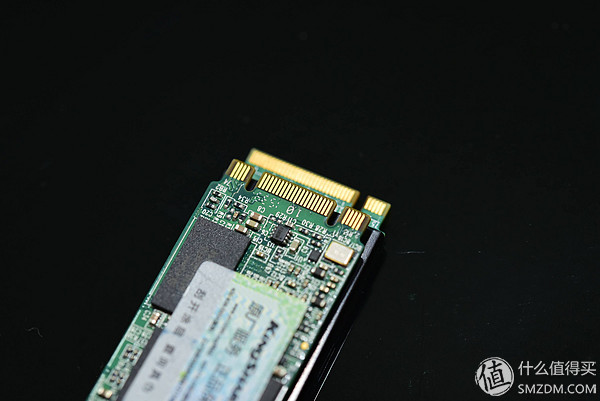
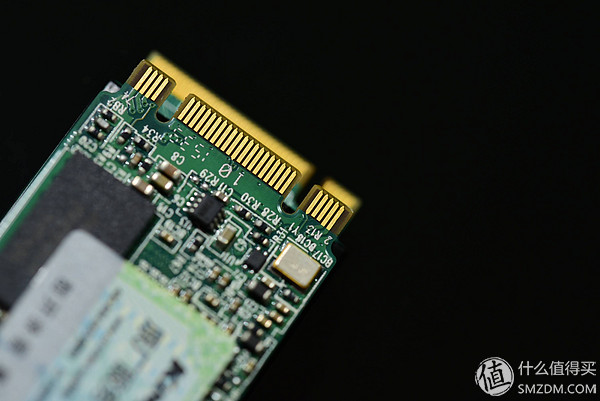
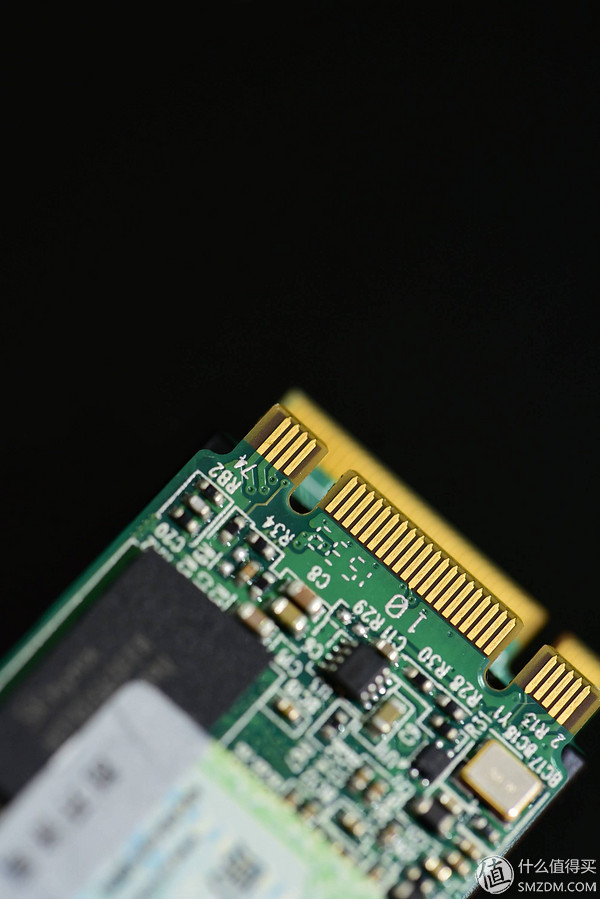
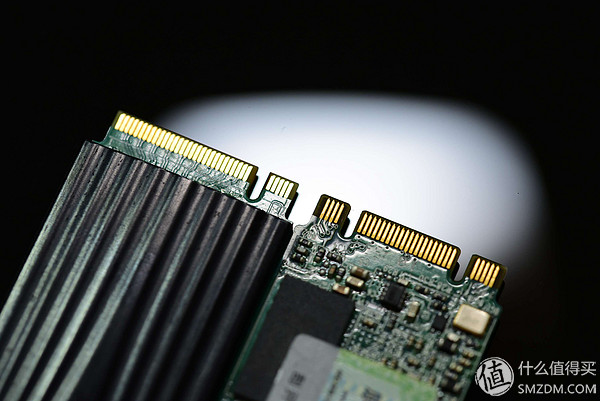
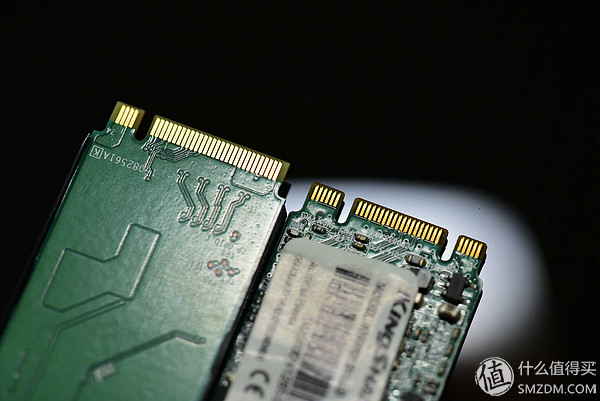
Therefore, the method of confirming the SSD through the identification interface has been OUT. In order to perfectly match the motherboard and the SSD, in addition to the interface, the channel and the transmission protocol used by the SSD must also be specified.
In addition, the MSATA interface has basically disappeared. The M.2 SSD that is going to use the SATA channel is actually to replace the MSATA SSD. It is used to equip laptops, ultrabooks, desktop boards, etc. with M.2 interfaces. At the same price, the smaller the volume, the more popular.
Fourth, on the coolingOnce the hardware on the computer has high performance, it usually has a large amount of heat. In addition to the CPU, graphics card, power supply, SSD is no exception.


In particular, SSDs transported using the NVME protocol through the M port must be accompanied by high heat output.
This is the temperature of the Plextor M8SE during the ASS test
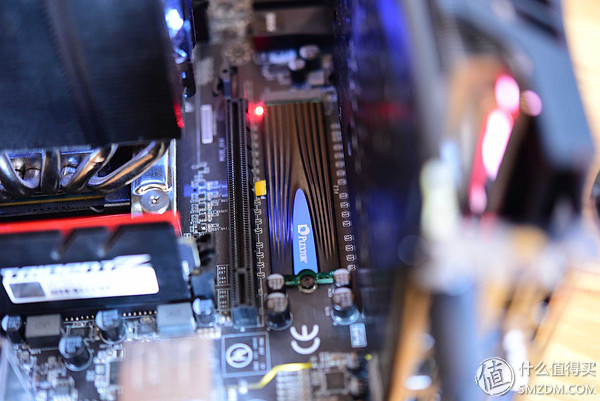
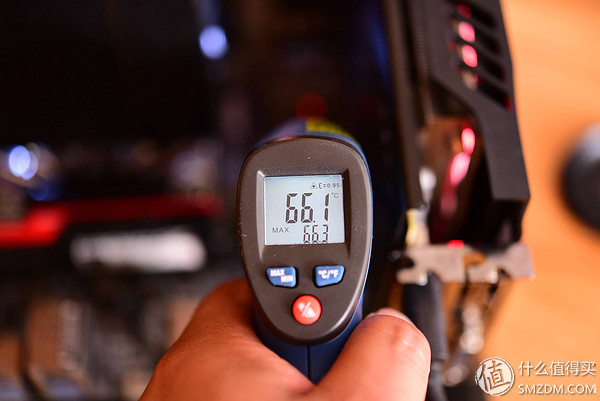
After removing the SSD, perform a temperature test

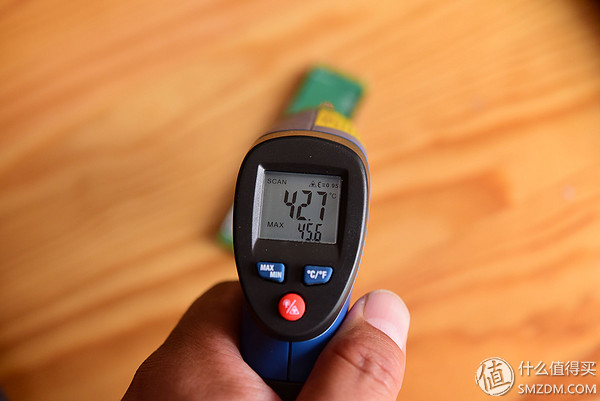
The use of products at high temperatures for a long time can cause migration of electrons and affect the life of the product. In the face of high temperatures, heat sinks are needed to help cool down.
This is a dedicated heat sink for the M.2 SSD, which is sold everywhere.
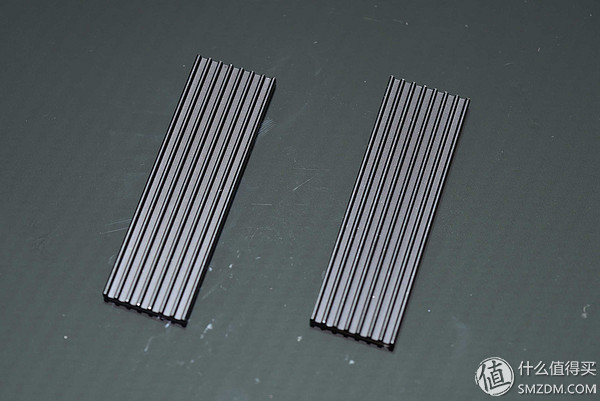
This heat sink is an infiltrated carbide type alloy with silver plating on the inner layer and oxidation treatment on the outer layer. With thermal grease, the thermal system is 560W/mk.
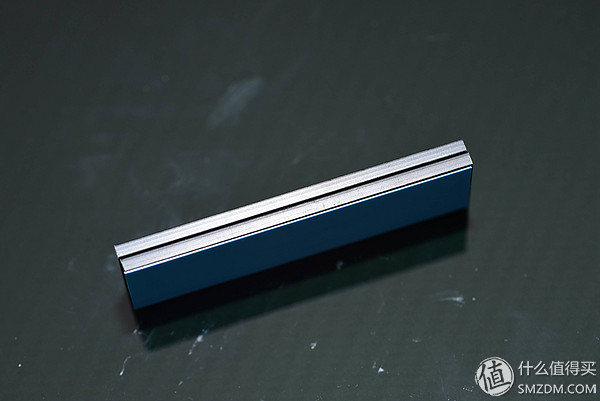
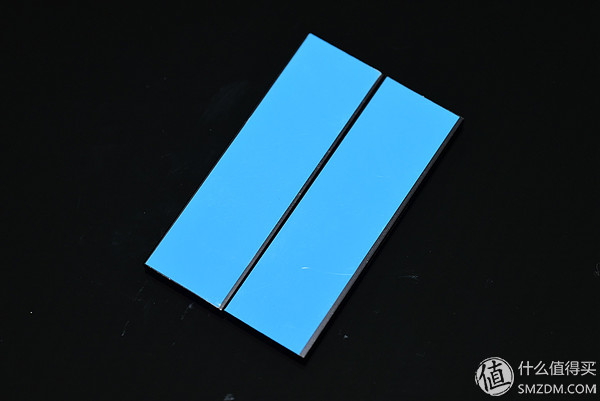

The surface heat sink can dissipate heat faster with the help of airflow.
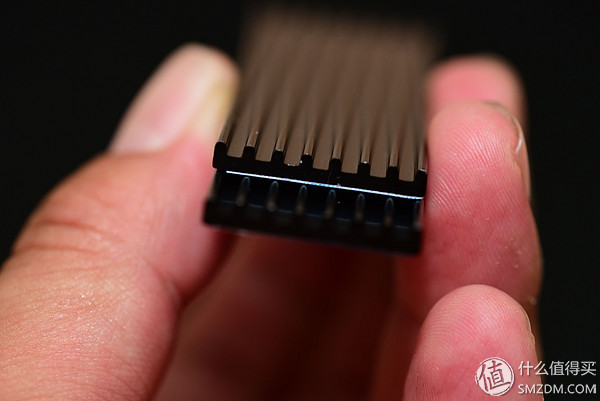
In addition, some M.2 SSDs will use the riser card to implement the PCIE interface installation. These vertical installations can increase the heat dissipation area, achieve better compatibility and cooling effect, and the speed will not be affected.

SSDs are constantly evolving, and their output and performance will be more and more powerful. The development of SSDs has become the most critical “short board†of computer performance. M.2 SSD will also play an increasingly important role in computers due to its unique advantages. To solve the problem of heat dissipation, compatibility, etc., it can better serve us.
A high-speed slip ring is an electromechanical device that allows electrical current to pass between a stationary and a rotating assembly. It is typically used in applications where the speed requirement exceeds that which is achievable with a standard slip ring. High-speed slip rings are available in a variety of sizes and configurations to meet the needs of most applications. They are commonly used in military, aerospace, and medical applications where speed and reliability are critical.
The speed is required to be at least tens of thousands of revolutions per minute, the structure of the Conductive Slip Ring directly determines the contact of high speed, as well as the size of impedance. High-speed slip ring materials have high wear resistance, high life characteristics, and multi-contact contact can ensure signal transmission and power reliability, with the development of science and technology, high-speed slip rings will be more and more widely used.
If you need to transfer large amounts of data or power between two stationary objects, a high-speed conductive slip ring is what you need. Traditional slip rings only offer a few thousand revolutions per minute (RPM), which is more than enough for most applications, but can be limiting in some circumstances. Some applications, like those found in the medical or military field, require speeds of tens of thousands of RPM in order to function properly. That's where our high-speed conductive slip ring comes in. With speeds up to a certain range, it can handle even the most demanding applications.
High Speed Slip Ring,Rotary Slip Ring Electrical,Slip Electrical Connector,Hydraulic Rotary Joint
Dongguan Oubaibo Technology Co., Ltd. , https://www.sliprobs.com
